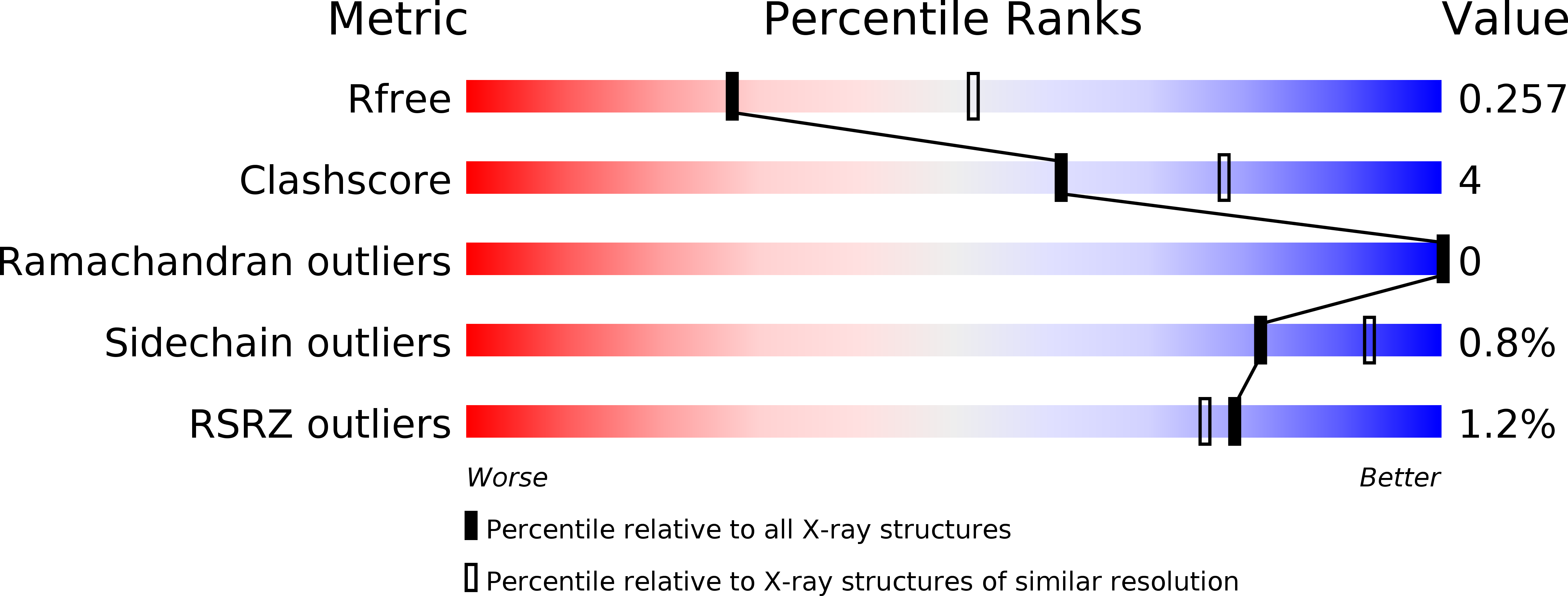
Deposition Date
2015-07-27
Release Date
2016-02-03
Last Version Date
2024-01-10
Entry Detail
PDB ID:
5AAO
Keywords:
Title:
Crystal structure of fluorogen-activating designed ankyrin repeat protein (DARPin) dimer in complex with malachite green
Biological Source:
Source Organism:
SYNTHETIC CONSTRUCT (Taxon ID: 32630)
Host Organism:
Method Details:
Experimental Method:
Resolution:
2.60 Å
R-Value Free:
0.26
R-Value Work:
0.21
R-Value Observed:
0.21
Space Group:
P 1 21 1


